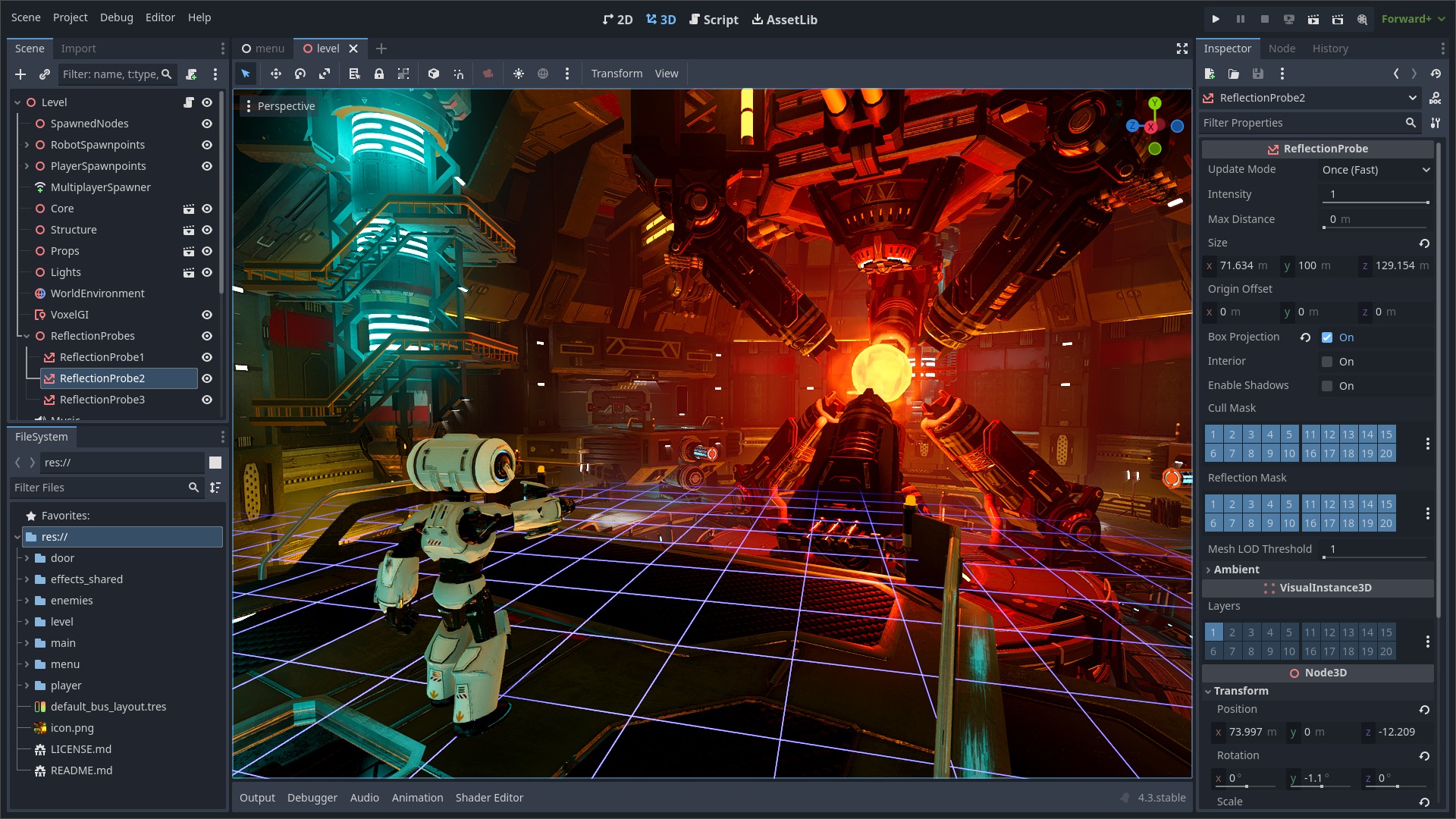Before this change, a skeleton that was not updated every frame would result in a difference of 2+ between last_change and frame index every frame, which would disable the buffer rotation and set motion vectors to zero. This results in significant visual artifacts for FSR2 that are especially prominent on the characters that move together with the view such as the main character in third person mode. This is a significant problem for high refresh rate displays: at 120 Hz, we are effectively guaranteed to skip skeleton updates every other frame with skeleton update happening during physics processing, and the lack of physics interpolation for skeletons. This happens by default in TPS demo when FSR2 is enabled. In other places where motion vectors are disabled, such as multi-mesh and mesh rendering (where previous transform is updated), the logic effectively allows for a single-frame gap in updates, because it compares the frame where the update happened (which is the current frame if updates are consistent) with the current frame, so the latency of 0 means "update just happened", but both multi-mesh and mesh transform updates permit a latency of 1 as well. Here, however, last_change is updated *after* the frame processing has concluded, so a zero-latency update has a distance of 1. Allowing a distance of 2 (latency 1) reduces the severity of the problem and aligns the logic with transform updates. Note that the problem will still happen when refresh rate is noticeably higher than physics rate times 2. For example, it still happens at 240 Hz. However, a longer latency allowance is inconsistent with other transforms and could lead to issues, so ideally long term physical interpolation of skeleton transforms would completely solve this. |
||
|---|---|---|
| .github | ||
| core | ||
| doc | ||
| drivers | ||
| editor | ||
| main | ||
| misc | ||
| modules | ||
| platform | ||
| scene | ||
| servers | ||
| tests | ||
| thirdparty | ||
| .clang-format | ||
| .clang-tidy | ||
| .editorconfig | ||
| .git-blame-ignore-revs | ||
| .gitattributes | ||
| .gitignore | ||
| .mailmap | ||
| .pre-commit-config.yaml | ||
| AUTHORS.md | ||
| CHANGELOG.md | ||
| CONTRIBUTING.md | ||
| COPYRIGHT.txt | ||
| DONORS.md | ||
| gles3_builders.py | ||
| glsl_builders.py | ||
| godot.manifest | ||
| icon.png | ||
| icon.svg | ||
| icon_outlined.png | ||
| icon_outlined.svg | ||
| LICENSE.txt | ||
| logo.png | ||
| logo.svg | ||
| LOGO_LICENSE.txt | ||
| logo_outlined.png | ||
| logo_outlined.svg | ||
| methods.py | ||
| platform_methods.py | ||
| pyproject.toml | ||
| README.md | ||
| SConstruct | ||
| scu_builders.py | ||
| version.py | ||
Godot Engine
2D and 3D cross-platform game engine
Godot Engine is a feature-packed, cross-platform game engine to create 2D and 3D games from a unified interface. It provides a comprehensive set of common tools, so that users can focus on making games without having to reinvent the wheel. Games can be exported with one click to a number of platforms, including the major desktop platforms (Linux, macOS, Windows), mobile platforms (Android, iOS), as well as Web-based platforms and consoles.
Free, open source and community-driven
Godot is completely free and open source under the very permissive MIT license. No strings attached, no royalties, nothing. The users' games are theirs, down to the last line of engine code. Godot's development is fully independent and community-driven, empowering users to help shape their engine to match their expectations. It is supported by the Godot Foundation not-for-profit.
Before being open sourced in February 2014, Godot had been developed by Juan Linietsky and Ariel Manzur (both still maintaining the project) for several years as an in-house engine, used to publish several work-for-hire titles.
Getting the engine
Binary downloads
Official binaries for the Godot editor and the export templates can be found on the Godot website.
Compiling from source
See the official docs for compilation instructions for every supported platform.
Community and contributing
Godot is not only an engine but an ever-growing community of users and engine developers. The main community channels are listed on the homepage.
The best way to get in touch with the core engine developers is to join the Godot Contributors Chat.
To get started contributing to the project, see the contributing guide. This document also includes guidelines for reporting bugs.
Documentation and demos
The official documentation is hosted on Read the Docs. It is maintained by the Godot community in its own GitHub repository.
The class reference is also accessible from the Godot editor.
We also maintain official demos in their own GitHub repository as well as a list of awesome Godot community resources.
There are also a number of other learning resources provided by the community, such as text and video tutorials, demos, etc. Consult the community channels for more information.

